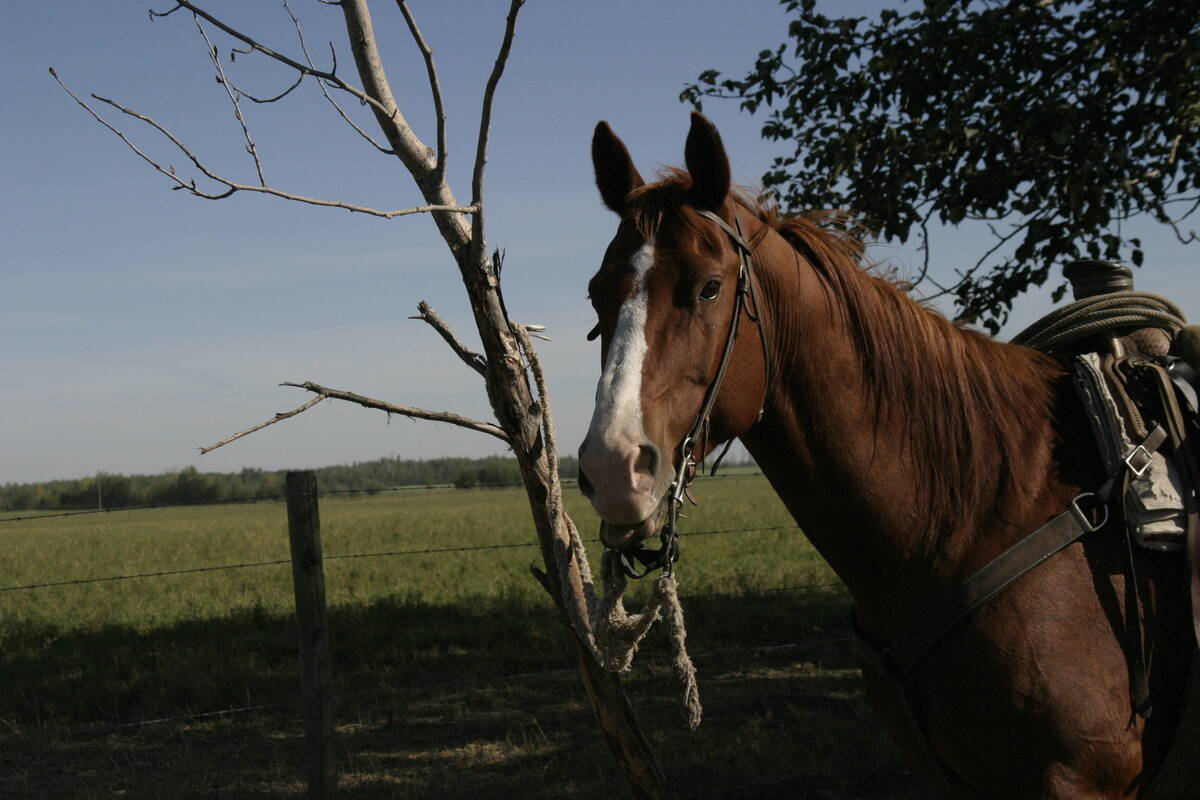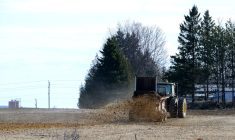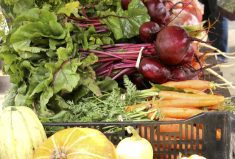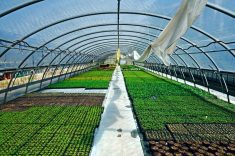Last month, the Guardian had an article on biogas titled ‘Brown gold: The great American manure rush begins.’
It seems I am not the only one to believe our regenerative future rests in water and manure.
The story was about California dairy farmers entering into long-term contracts to sell their manure to the energy industry to make biogas (also called renewable natural gas). There is nothing new in using dung as fuel — indeed people in rural areas in developing countries have always used manure as a heat or energy source, and they still do.
Read Also

Weekend warrior horses at risk
Horses need steady, rhythmic movement. Going from no activity to weekend bursts of exercise risks physical strain and injury.
However, one of the concerns expressed in the article was the formalizing of manure as a commodity. I agree that it is — and a very valuable one at that. In many of the countries I have visited there was often banter about manure. People would say how you were on a lucky street if you or your neighbour had livestock and were able to fertilize gardens or fields with manure. In those parts of the world where fertilizer is not available or unaffordable, gold is found at the end of the cow’s tail, not at the end of the rainbow.
Energy companies are now building bio-digesters on farm sites. That makes more environmental sense than transporting manure and it’s also cheaper to transport gas. This isn’t a novel idea and I’ve seen these types of units on European farms.
A few years ago, the Dutch government launched a major project in which farmers could lease farm-size anaerobic bio-digesters and receive a 12-year fixed price for the gas produced. They could also sell the excess electrical energy and enjoy the benefit of keeping the extracted nitrates and phosphates and applying them to the land. These small units on farms reduced the cost of transporting manure (which requires a permit) and there wasn’t much in the way of public concern about odour. (At the farms I visited, the bio-digesters were nearly odourless.)
This is an example of not only recognizing manure as a valued commodity, but of supportive policy in the development of closed-loop solutions that start and end on the farm enterprise.
To say that we need to kill cows to reduce methane is folly. Between science and production practices, methane production has already been reduced significantly. But some now worry, according to the Guardian article that programs that support bio-digesters “could end up incentivizing farms to increase herd sizes to produce more manure” or even turn dairy farms into “feces farms that happen to also produce dairy.”
To say that treating manure as a commodity will result in more cattle production is hypothetical because all of the other elements of increased production also would need to be addressed (including water usage and environmental concerns).
So just what does society want? And why the fear about the commoditization of manure and using natural sources of energy?
The public outcry for a reduction in the production and processing of fossil fuels has been loud and long. One of the solutions is tickling our noses and suddenly there is a fear of a natural and organic product that could very well stop such practices as fracking. A little manure bio-digestion does not use millions of gallons of fresh water to extract gas, release hydrocarbons, disrupt aquifers or add pollutants to the lithosphere. And there is the measurable benefit of adding digestate nutrients to the soil, thus working toward meeting targets on the reduction of commercial fertilizer emissions.
Today we have a more fulsome understanding of the importance of utilizing biological and farm sources of fertility. To build healthy soil is, or should be, the ultimate goal.
It is the soil that feeds us, along with the animals that produce milk, meat and a wide range of critical byproducts. Soil will develop its own ecology over time and may be less dependent on the incorporation of nutrients, but one has to get to that space first and be prepared to continue with nourishment as required. As plants, animals and humans intersect in this world, we will always be drawing from those life sources — soil and water.
Everything is a source of energy. All organic waste has a high value, and the farm is at the core of the solutions for the future.
Most biomass has some property of fertility, be that kelp from the sea, human sludge, food waste or wool pellets from sheep. It is about understanding the value and the interconnectivity of one to the other.
The technology exists to create the systems needed on any scale, to reduce the release of nitrous oxide and carbon dioxide in conventional oil and gas production, while maintaining food systems that address food security. It is these two culprit gases that have a long atmospheric life span and it is these gases that need to be the focus. It is important to capture methane but the urgency should reside in the reduction of nitrous oxide and carbon dioxide from fossil fuel extraction by creating gas through bio-digestion.
The manure on our farms is a highly valued commodity. How we move forward in ensuring its appropriate use while maintaining robust and regenerative food systems will depend on both knowledge and enabling policy.
















